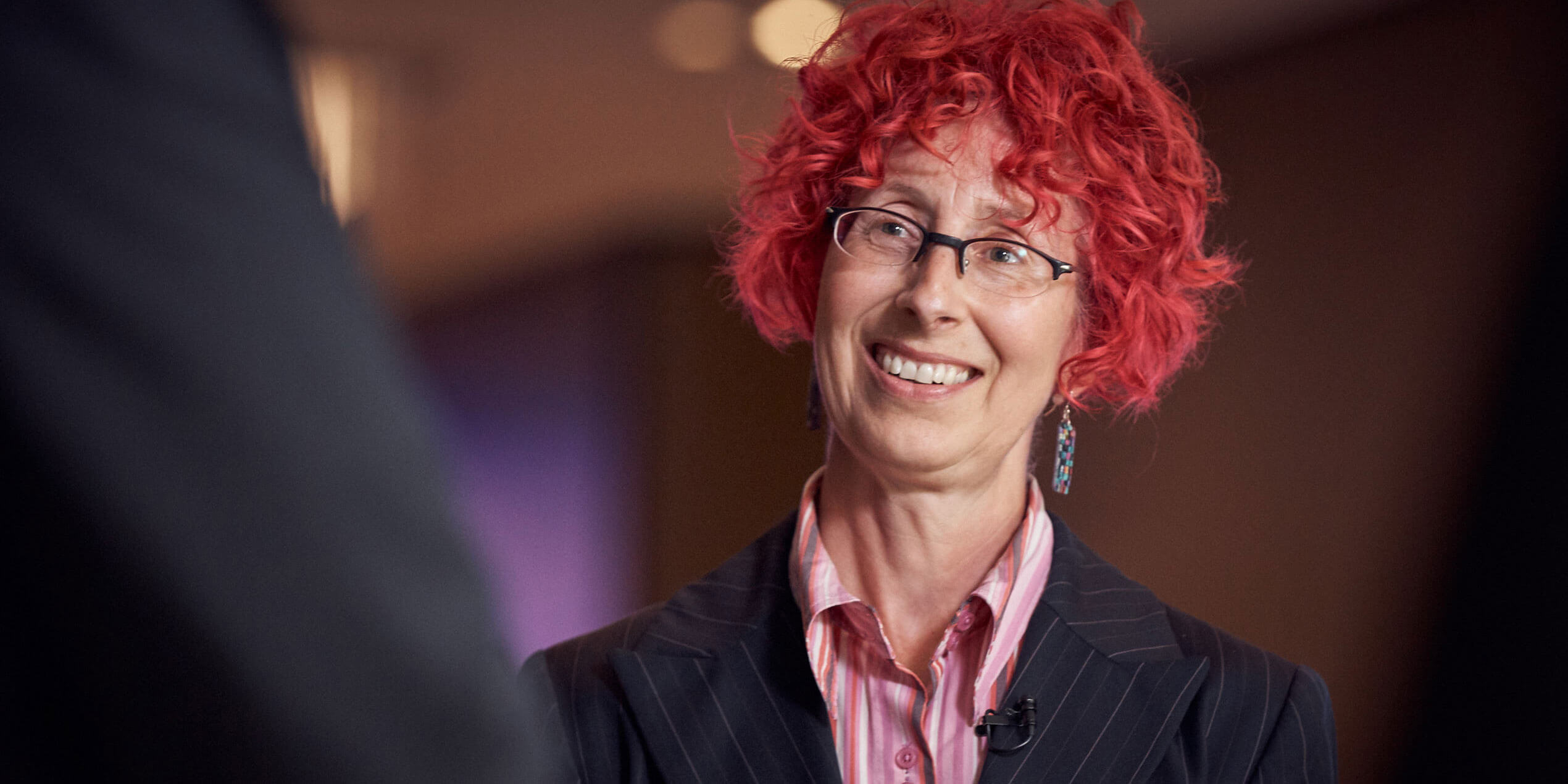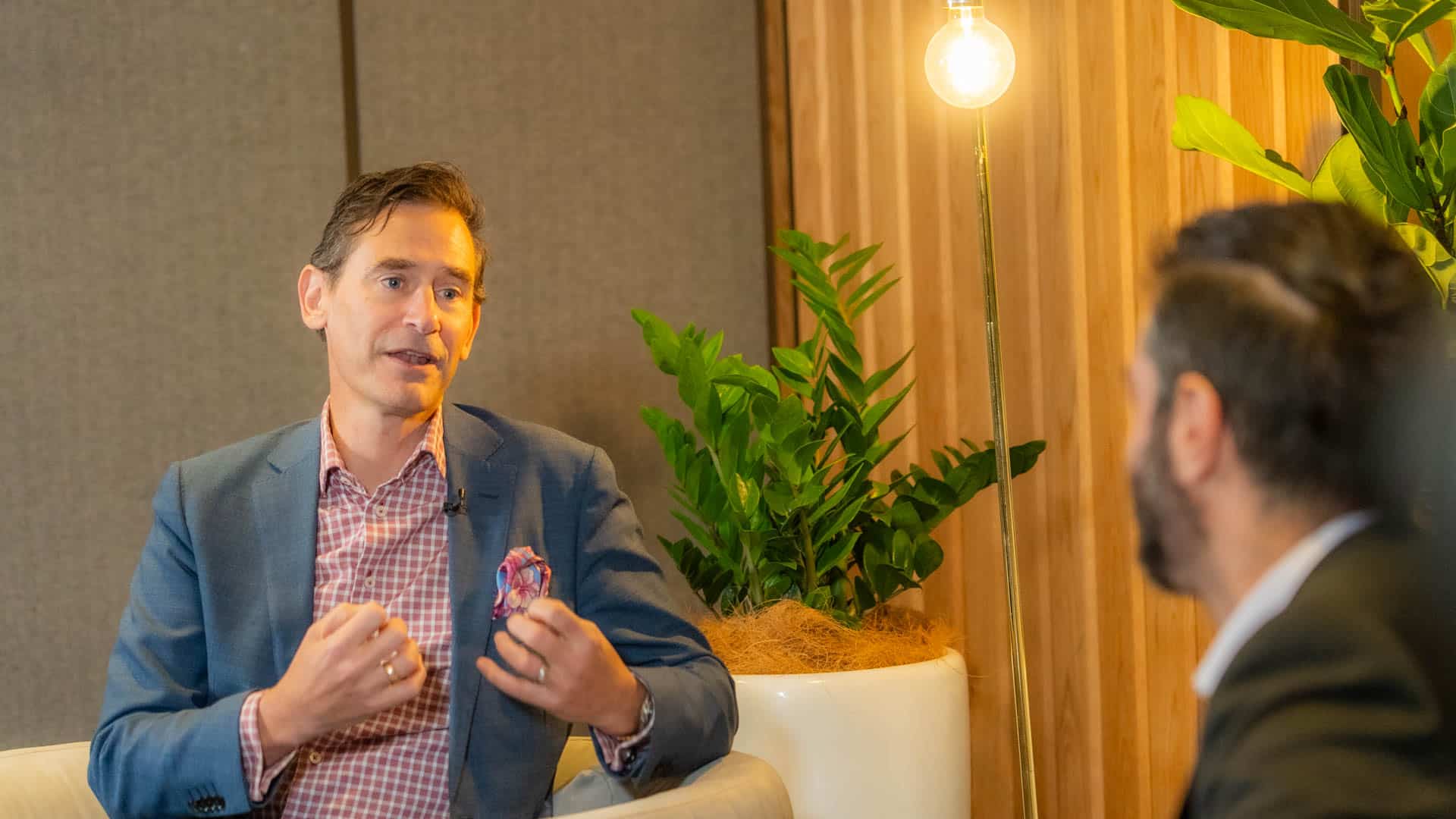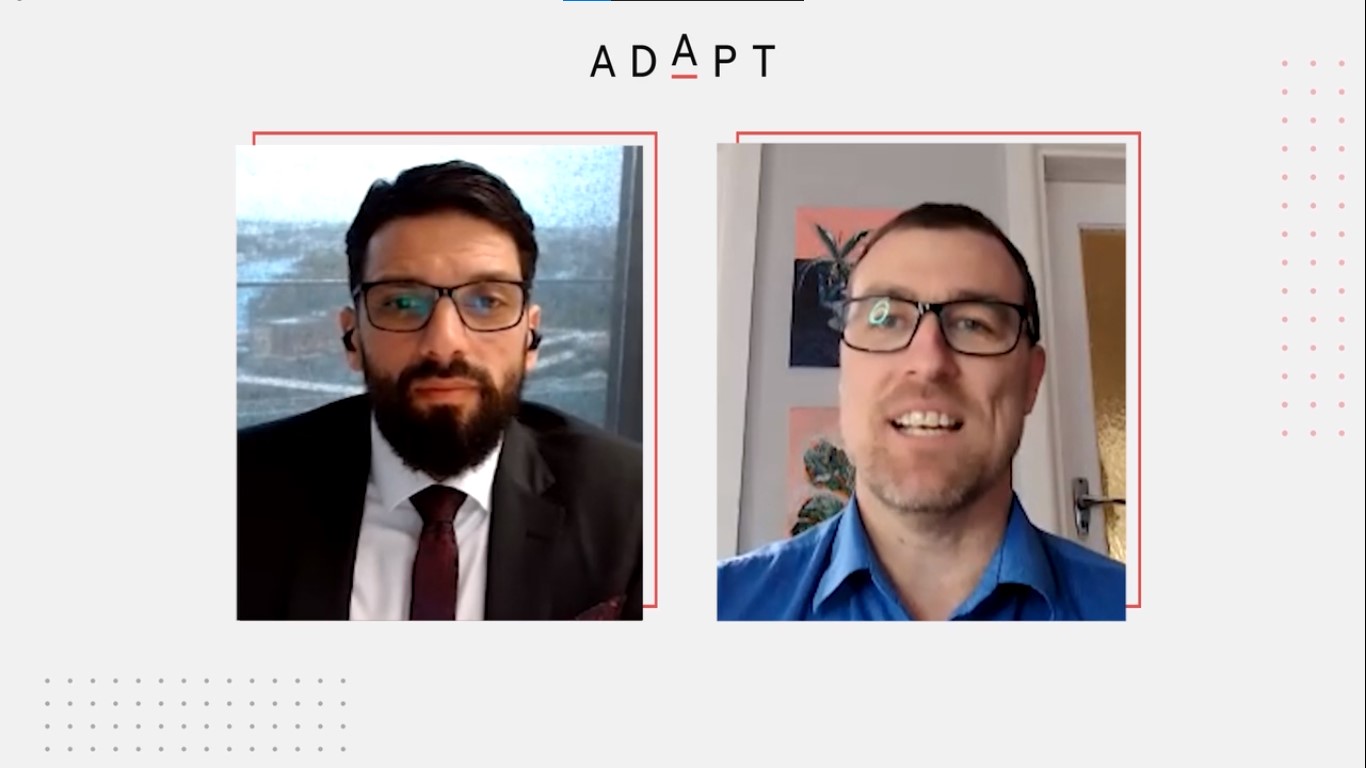ADAPT’s Graeme Philipson interviews Catherine Thompson, a Partner at Accelerate HQ. She was formerly head of Digital Marketplaces at the Australian Government’s Digital Transformation Office. Speaking at ADAPT’s CIO Edge conference, Catherine talks of her experience in implementing change in public and private sector organisations, and on one big no-no.
Graeme Philipson: Catherine Thompson, you specialise in change, in particular fast change. How do you change things quickly and effectively?
Catherine Thompson: The first thing is a compelling narrative for change. You need to bring together your powerful stakeholders and the people in the business, the people who are working in your team, and the people who are affected by the work that your team does. And that’s very often a strong story.
Graeme Philipson: Stakeholders being both the people above you, and senior management and your team?
Catherine Thompson: Yes. And in government it means citizens. And industry bodies, corporations and other people who are interested, like NGOs.
Graeme Philipson: Is there a trick to getting diverse stakeholders on board?
Catherine Thompson: Genuine interest in their views and the ability to feedback and consolidate what you’ve heard. The first thing that people want to know is that they’ve been heard. That’s your ability to repeat back accurately what they’ve said to you without trying to spin it in any way. And also to acknowledge that some of their viewpoints may be divergent and that you can’t do everything at the same time.
Graeme Philipson: That’s a very effective way of communicating and a key way of getting stakeholder investment.
Catherine Thompson: Yes. And also for them to understand that you’re going to start off with a minimum viable product, the smallest item of something that’s going to be useful to someone, and that that someone might not necessarily be them. But you then have a connected narrative to show them how further down the track these things will happen. From then on it’s a process of building trust that you are as good as your word.
Graeme Philipson: A lot of people hear the word change and their immediate reaction is: “How’s it going to affect me?”
Catherine Thompson: I don’t like the term ‘change management’ at all. I’ve just moved from Sydney back to Melbourne. You don’t need a change manager for that – it’s something you do. Change management normally emphasises that something unpleasant is going to happen to people and that a change manager is normally the person who sweetens the pill.
I think that’s very reductive, because teams and functions can tell when something is not working correctly and they know what needs to unblock, intuitively, without being told by others how to do it. A lot of the work that I do involves taking the good sense that’s already embedded, usually in operational teams. They can tell you what’s wrong, but they are not empowered to make those changes themselves.
Graeme Philipson: So, we should get rid of the term change management and banish it from the lexicon?
Catherine Thompson: Forever, in any context. We should talk about orchestrating change. Change has to be seen as something desirable or acceptable and probably inevitable. That’s where the strength of your narrative comes in, because you anchor your change to why you’re making the changes.
Graeme Philipson: In your experience, how amenable to change are Australian organisations?
Catherine Thompson: It depends. Before I started working with digital I was doing a lot of operational remediations. Very often, the brief would be: “Come in and do that thing you do.” That thing you do is normally listening to the teams and understanding what the blockers were. I suppose that now that I’m doing more digital work, that’s happening at a meta level and you find that teams and organisations are extremely amenable to change if it makes sense to them. It’s that logical disconnect that says: “Why are we doing this? We know it’s not going to make a difference or it’s not going to make a positive difference.”
That’s where you get the blockages. And then outside the places where you’re trying to do change, it’s what Paul Shetler refers to as the Square of Despair, where it’s really difficult for us to make the things we need to happen. I speak to Chief Procurement Officers quite a lot and one of them was saying: “The business can’t wait six months for us to do a request for tender process. How can we work in a very different way?” And they need the business to run faster. Or the need of finance to pass a business case that doesn’t happen once a year. There are all sorts of ways in which you can change your functions to respond to those needs.
Graeme Philipson: You’ve done work in government and in private industry. Are there any essentially differences between the change process in public and private enterprise?
Catherine Thompson: The political cycle is really important in government. When things go into caretaker mode or it’s between governments or it’s toward the end of a year, things don’t change that much. Where there’s political will in either side, both within a corporate or in government, change can happen extremely fast and can be something that the agencies or the corporates can be proud of, very quickly.
When I built the digital marketplace for the Australian Government, I came in and six weeks later the Minister launched it. Part of that was due to collaboration with governments overseas.
Now the platform has transacted about $350 million in contracts and has been very successful. Part of that was because we quickly iterated on the initial minimum viable product. But we got people used to using it and the things that they liked were not the things that we thought they’d like. Some of the things that we thought we needed to put on the roadmap that would be useful to them, were things that we didn’t need to do.
Then of course data and your ability to communicate regularly with both sides of your marketplace and your other users are the things that make a critical difference to that kind of success.
Graeme Philipson: Catherine, thanks for talking with us today.
Catherine Thompson: Thank you so much.
AccelerateHQ is a leading Australian consultancy established by Paul Shetler and Catherine Thompson to help organisations transform their strategy, functions, processes and workforces to compete in the digital marketplace.



























